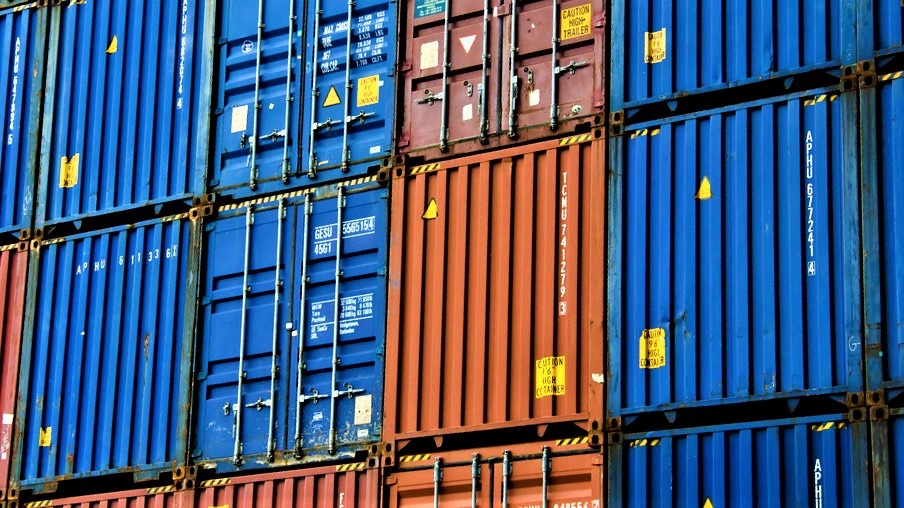On February 22, Martin McVicar and his forklift company Combilift were paying €1,030 per tonne of sheet metal. Days later, Russia invaded Ukraine, and by the end of March, a tonne of sheet metals was costing the Monahan company over €2,000. “There’s a lot of steel slabs produced in Ukraine and Russia, so a lot of the European market was taking its steel slabs from Ukraine,” he said. “The war pretty much put an uncertainty about getting that supply.” While the cost of steel has settled slightly, it is by no means back to normal. McVicar said he still pays…
Cancel at any time. Are you already a member? Log in here.
Want to read the full story?
Unlock this article – and everything else on The Currency – with an annual membership and receive a free Samsonite Upscape suitcase, retailing at €235, delivered to your door.

